The views expressed in our content reflect individual perspectives and do not represent the authoritative views of the Baha'i Faith.
We all have physical ancestors—but do you think we have spiritual ancestors?
Meet Pocahontas Pope, the first African American Baha’i of Washington, D.C., and a woman I think of as my spiritual ancestor.
A salt-of-the-earth, Black, former Baptist seamstress, Pocahontas Pope (c. 1865–1938) received a beautiful letter from Abdu’l-Baha, who drew upon Baha’u’llah’s “pupil of the eye” metaphor in a racially uplifting way.
RELATED: Invisible No Longer: Robert Turner as a Doorway to the Kingdom
Pocahontas’ family history (and ancestry) is difficult to reconstruct. Relying largely on the meticulous research of Paula Bidwell along with my own independent investigation, we can tentatively reconstruct Pocahontas’ background:
Pocahontas’ mother was Mary Cha, born Mary Sanling, and her father was John Kay. They married on January 11, 1861, and later had Pocahontas. Then, on November 11, 1876, Mary (Cha) Kay married Lundy Grizzard, who then became stepfather to Pocahontas. Lundy and Mary Grizzard went on to raise several children (Pocahontas’ step-siblings). Mary died in May, 1909.
On Dec. 26, 1883, John W. Pope (1857–1919)—born and raised in Rich Square, NC—and “Pocahontas Grizzard” married in Northampton (or Halifax) County, NC. John was 26. Pocahontas (née Grizzard) was 18. As to “Race,” each is listed as “White.” (Recall that the first African American Rhodes Scholar, Alain Locke, who became a Baha’i in 1918, was also listed as “White” on his birth certificate on September 13, 1885.)
Pocahontas’ husband, “J.W. Pope,” was one of three “Managers” of the African Methodist Episcopal Church in Rich Square, NC, in 1896–1897. As an institution, the venerable AME Church is the oldest living African American organization. In summer 1898, John and Pocahontas moved to Washington, D.C., where he worked for the U.S. Census Office. But, in early 1902, he was fired by Director Merriam, along with other “Negro clerks.” John Pope landed a job in the U.S. Government Printing Office.
In June 1902, John W. Pope was elected first vice-president of the “Second Baptist Lyceum,” and Pocahontas Pope as assistant recording secretary. Established in 1848, the Second Baptist Church is one of the oldest African American congregations in Washington, D.C. Pocahontas Pope was described as “intensely religious”: “Even among our own race the woman with a past is intensely religious.” (The Colored American, 21 March 1903, p. 16.)
The Rev. John W. Pope died on March 30, 1918. Fast forward to 1920: according to the United States Census, 1920 “Pocahontas Pope” is listed as “Widowed.” As to “Race,” she is listed as “Mulatto.” According to the United States Census, 1930 “Pocahontas Pope” is classified as “Negro.” Pocahontas Pope died on November 11, 1938, in Hyattsville, Prince George’s County, Maryland. She is buried in National Harmony Memorial Park Cemetery.
In 1906, Pocahontas Pope became a Baha’i. This is how it happened:
Pauline Hannen was a white Southerner who grew up in Wilmington, NC. In 1902, she became a Baha’i in Washington, D.C. There, her sister, Miss Alma Knobloch, employed Pocahontas Pope as a seamstress. Then, as fate would have it, Pauline chanced upon this this passage from Baha’u’llah:
O Children of Men! Know ye not why We created you all from the same dust? That no one should exalt himself over the other. Ponder at all times in your hearts how ye were created. Since We have created you all from one same substance it is incumbent on you to be even as one soul, to walk with the same feet, eat with the same mouth and dwell in the same land, that from your inmost being, by your deeds and actions, the signs of oneness and the essence of detachment may be made manifest. Such is My counsel to you, O concourse of light! Heed ye this counsel that ye may obtain the fruit of holiness from the tree of wondrous glory. – Baha’u’llah, The Hidden Words, p. 20.
This passage struck Pauline in a lightning flash of sudden insight. After realizing the profound implications of Baha’u’llah’s words regarding the oneness and equality of the human race—in the singular—this is what happened next:
One snowy day, during the Thanksgiving season, Pauline came across a black woman trudging through the snow. Pauline noticed that the woman’s shoelaces were untied. Arms full from the bundles she was carrying, the woman was unable to do anything about it. Inspired by this passage from The Hidden Words, Pauline knelt down in the snow to tie this woman’s shoes for her. “She was astonished,” Pauline recalled, “and those who saw it appeared to think I was crazy.” That event marked a turning point for Pauline: she resolved to bring the Baha’i message of unity to black people. — Christopher Buck, Alain Locke: Faith and Philosophy (2005), pp. 37–38.
RELATED: The Black Pupil of the Eye: The Source of Light
By July 1908, fifteen African Americans had embraced the faith in Washington, D.C. In a letter dated May 1909, Pauline Hannen wrote:
The work among the colored people was really started by my sainted Mother and Sister Alma [Knobloch,] though I was the one who first gave the Message to Mrs. [Pocahontas] Pope and Mrs. Turner. My Mother and Sister went to their home in this way, meeting others, giving the Message to quite a number and started Meetings. Then my sister left for Germany where she now teaches, I then took up the work. During the Winter of 1907 it became my great pleasure with the help of Rhoda Turner colored who opened her home for me… to arrange a number of very large and beautiful Meetings. Mrs. Lua Getsinger spoke to them here several times at Mrs. Pope’s as Mirza Ali Kuli Khan, Mr. [Howard] McNutt and Mr. Hooper Harris spoke in Mrs. Turner’s home. Mr. [Hooper] Harris spoke at Mrs. Pope’s [at] 12 N St. N.W. for my sister before his leaving on his trip to Acca and India. Mr. Hannen also spoke several times. My working to being to run around and arrange the meeting. At these Meetings we had from twenty to fourty [sic] colored people of the intellectual class. – Qtd. in Buck, Alain Locke: Faith and Philosophy, p. 38.
The next article will describe, in detail, the “Tablet”—or special letter—from Abdu’l-Baha to Pocahontas Pope.
Special thanks to Steven Kolins for his research assistance.
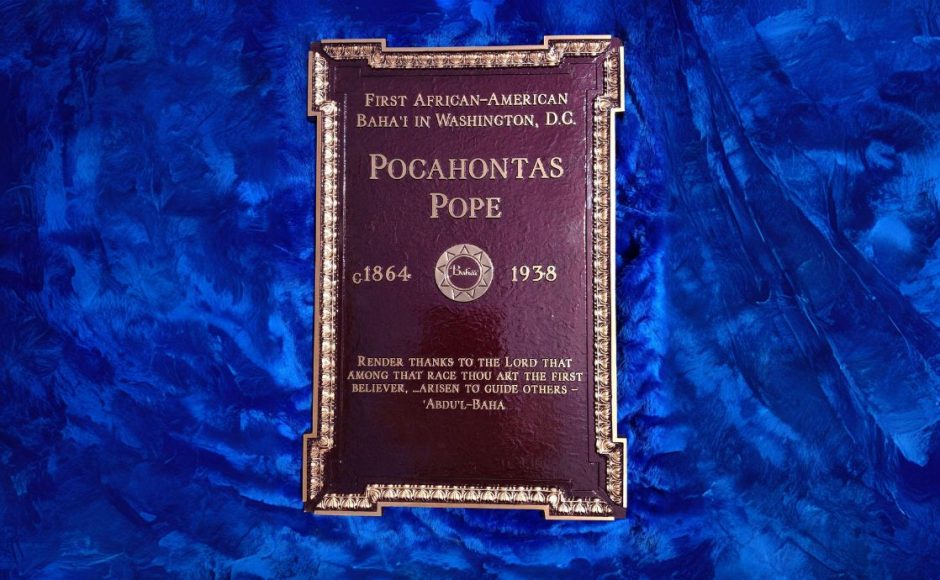
You May Also Like
Comments



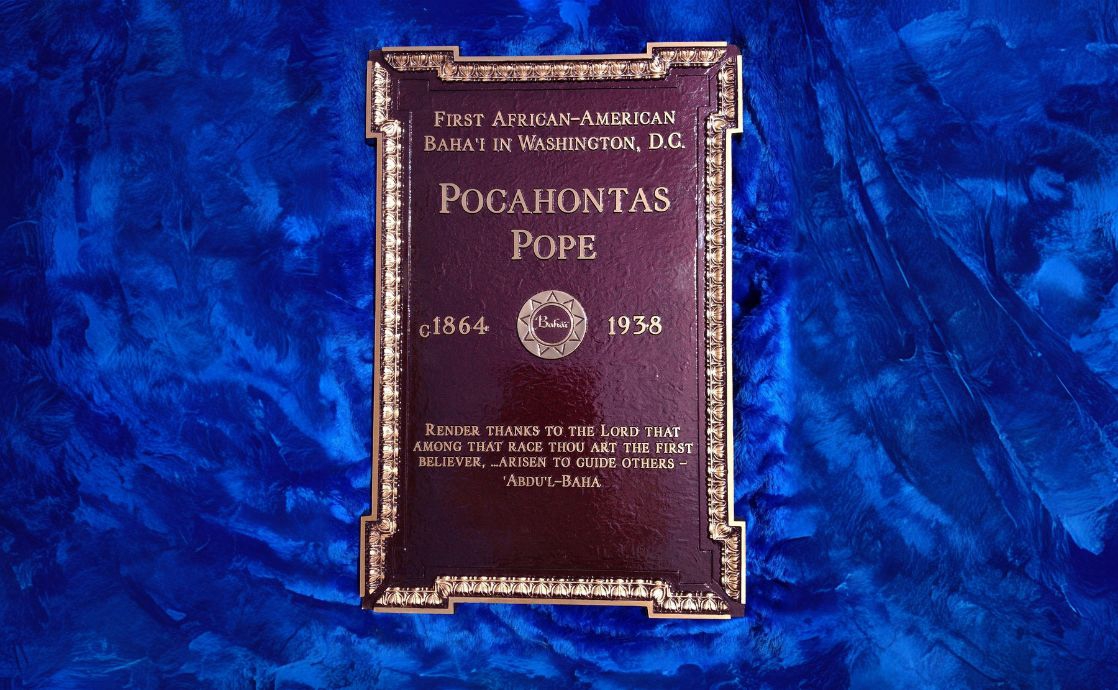
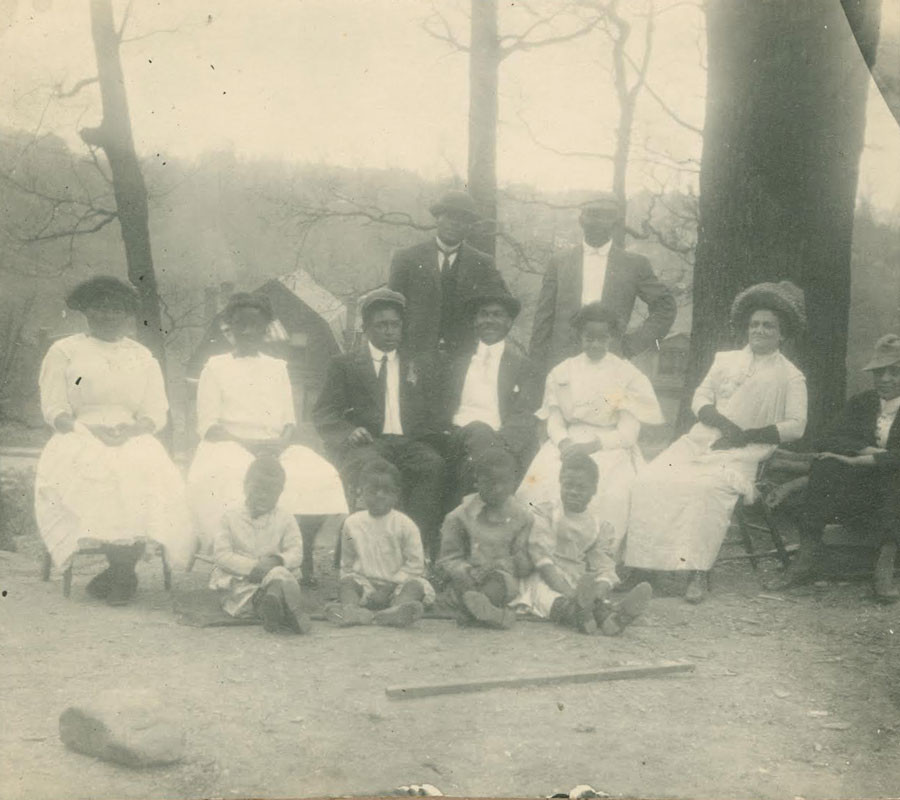
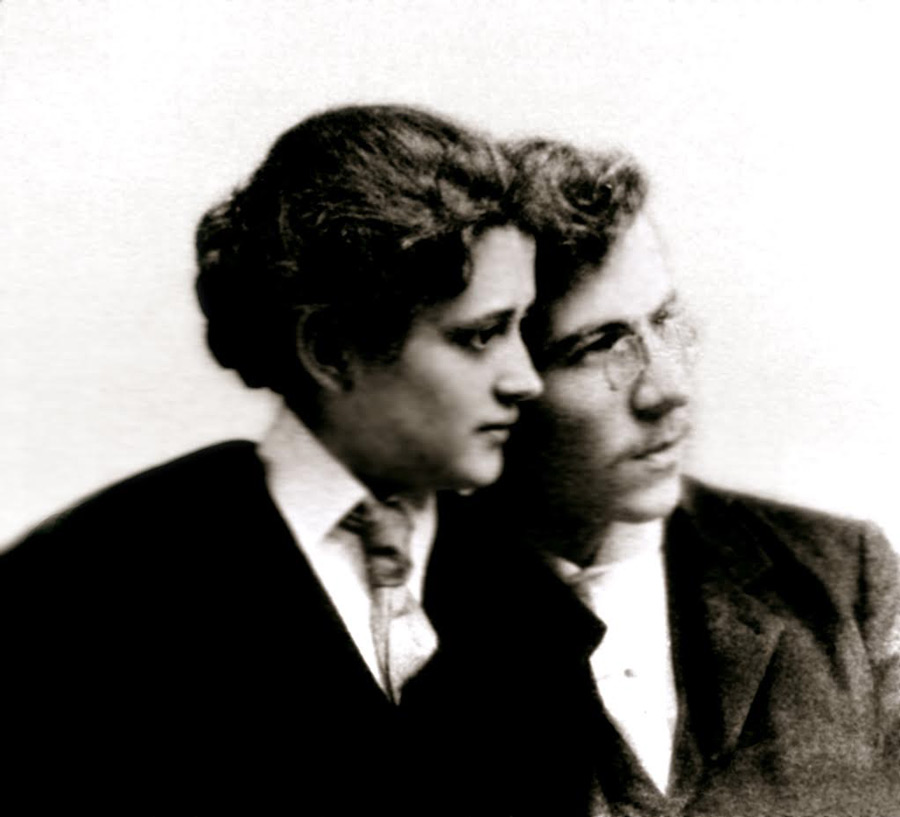


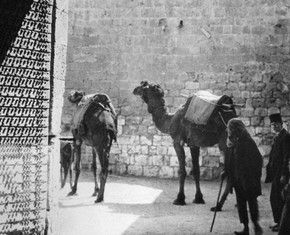
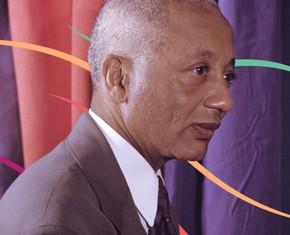









dlh...